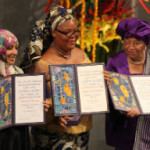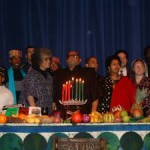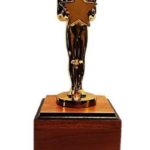The Rise In Popularity Of The Kentucky Derby
The Kentucky Derby history dates back to the 19th century. Now recognized worldwide and drawing some of the greatest names in royalty and entertainment, along with avid race fans and first-timers, the Derby adds great springtime flair to the world of horseracing.
The Concept Of The Kentucky Derby
Now held the first Saturday of May, the idea for the Kentucky Derby was born from a well-known name in history, Colonel Meriwether Lewis Clark, grandson of William Clark of the famous Lewis and Clark expedition. Meriwether Lewis Clark traveled to Europe in 1872 and witnessed the Epsom Derby, held in England. He also met some of the men associated with the French Jockey Club, who created the Grand Prix de Paris Longchamps horse race.
Upon returning to the U.S., inspired by the horseracing he saw in Europe, Clark met with his uncles, John and Henry Churchill. The Derby site explains that the uncles gifted a piece of land that they felt would be perfect for developing as a racetrack.
Clark also organized horse race fans in the area, creating the Louisville Jockey Club. Along with the new group of racing enthusiasts, Clark successfully raised the funding needed to create the new racetrack.
The First Time At The Races
The next step was to arrange the first race, deemed the “Kentucky Derby.” Clark planned the first race, which included 15 riders. The date for the first Kentucky Derby was set for May 17, 1875. Effective advertising drew 10,000 spectators for the event, a huge crowd at the time.
The new Kentucky Derby race was 1.5 miles, which Ticket City states was the same length as the distance of the Grand Prix de Paris. Horses competing in the inaugural race were limited to three-year-old thoroughbred horses. After the sound indicating the start of the race, riders quickly completed the 1.5-mile course, with horse Aristides and his rider Oliver Lewis crossing the finish line first, becoming the first winners of the Kentucky Derby.
One interesting point to note comes from Derby Experiences, reveals that the winning horse was trained and ridden by African-Americans Ansel Williamson and Oliver Lewis. In 1896, the length of the Kentucky Derby race was shortened to 1.25 miles
In 1883, the year that Leonatus won the Derby, the racetrack officially became known as Churchill Downs. However, the name was not officially incorporated until 1937. The Kentucky Derby quickly became a popular annual horserace, gaining popularity every year. In 1894, a new 285-foot grandstand greeted attendees of the race.
The Derby Controversy
The Derby has not gone this long without its own controversy over the years. The Kentucky Derby reports that in 1889, bookmakers approached Clark, demanding that he remove the pari-mutuel betting machines because the betting cut into the profits of the bookmakers or “Bookies.”
Sadly, on April 22, 1899, race founder Colonel Meriwether Lewis Clark committed suicide.
Trends That Come With The Race
Although there are several Kentucky Derby trends, three stand out. No Kentucky Derby would be complete without spectators first purchasing their mint julep to sip on at Churchill Downs.
The second trend is the famous wreath of roses given to the winner of the Kentucky Derby. Initially, roses were given to women attending the event. However, in 1896, when Ben Brush won, he received an arrangement of pink and white roses. This created the trend of presenting the winner with a garland of roses, now synonymous with the Kentucky Derby.
Another trend is the hat. No Derby day is complete without the fashion show of hats in the grandstands. The hat trend became especially popular during the 1960s and continues to grow every year. When Queen Elizabeth attended the Kentucky Derby in 2007, she attended in a festive hat.
What started as a small race is now referred to as The Most Exciting Two Minutes In Sports.






